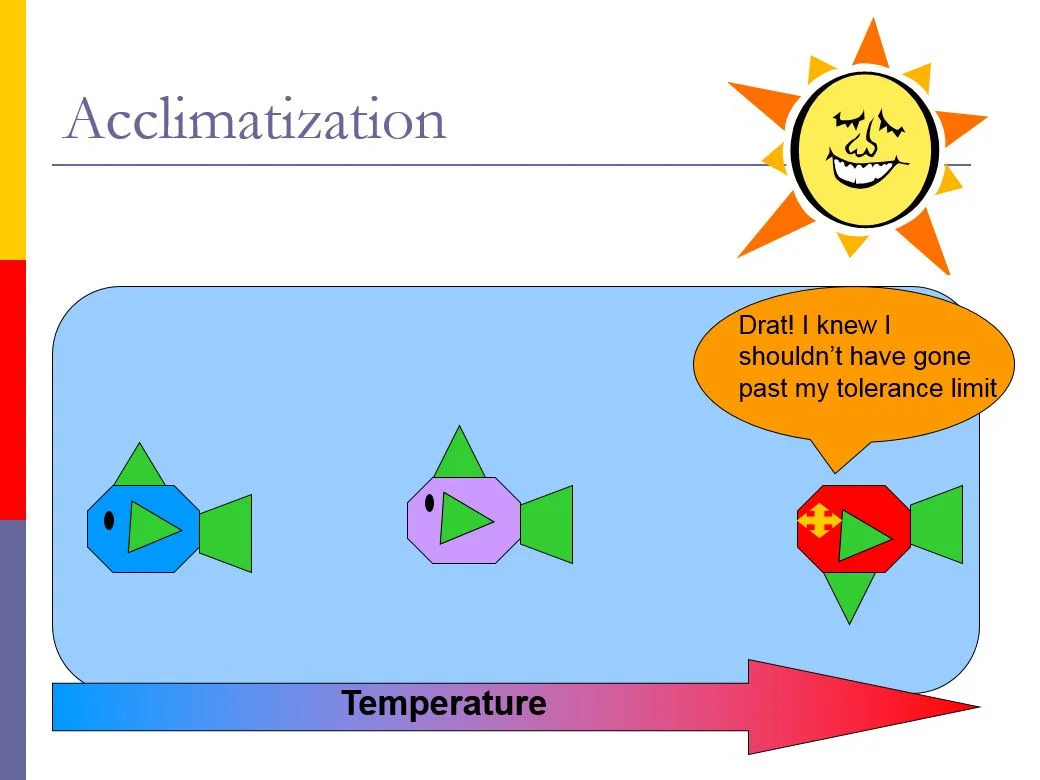ATTACK OF THE LARGE MILKWEED BUG
Oncopeltus fasciatus is a true bug with piercing sucking mouth parts and “half wings”. The wings are half leathery and half membranous. These bugs hatch in spring and undergo incomplete metamorphosis. The immature nymph looks very similar to the adults but will undeveloped wings. As they grow, they go through five rounds of shedding their old exoskeleton and slight changes. These are referred to as “instars”. Each instar has better developed wings until the final instar when they take on the adult body form. These bugs overwinter as adults and can become active on warm days.. They use their proboscis to feed on seeds, leaves and stems of milkweed. The bug incorporates the toxic compounds from the sap of the milkweed to make them distasteful to predators.
Great, I have an “angry horde of attacking bugs” that are feeding on the seeds of one of my favorite plants (butterfly milkweed). What to do?!? The Missouri Botanical Garden suggests living with the damage. Even though these bugs are damaging seeds, their overall impact is minimal. Alternatively, I could remove the leaf litter to eliminate overwintering sites, but that will impact other insects in my yarden (yard/garden). I could use an insecticidal soap or insecticide. I suppose I’ll live with it for now. Visit http://www.missouribotanicalgarden.org/gardens-gardening/your-garden/help-for-the-home-gardener/advice-tips-resources/pests-and-problems/insects/plant-bugs/milkweed-bugs.aspx to learn more about pest management strategies.


